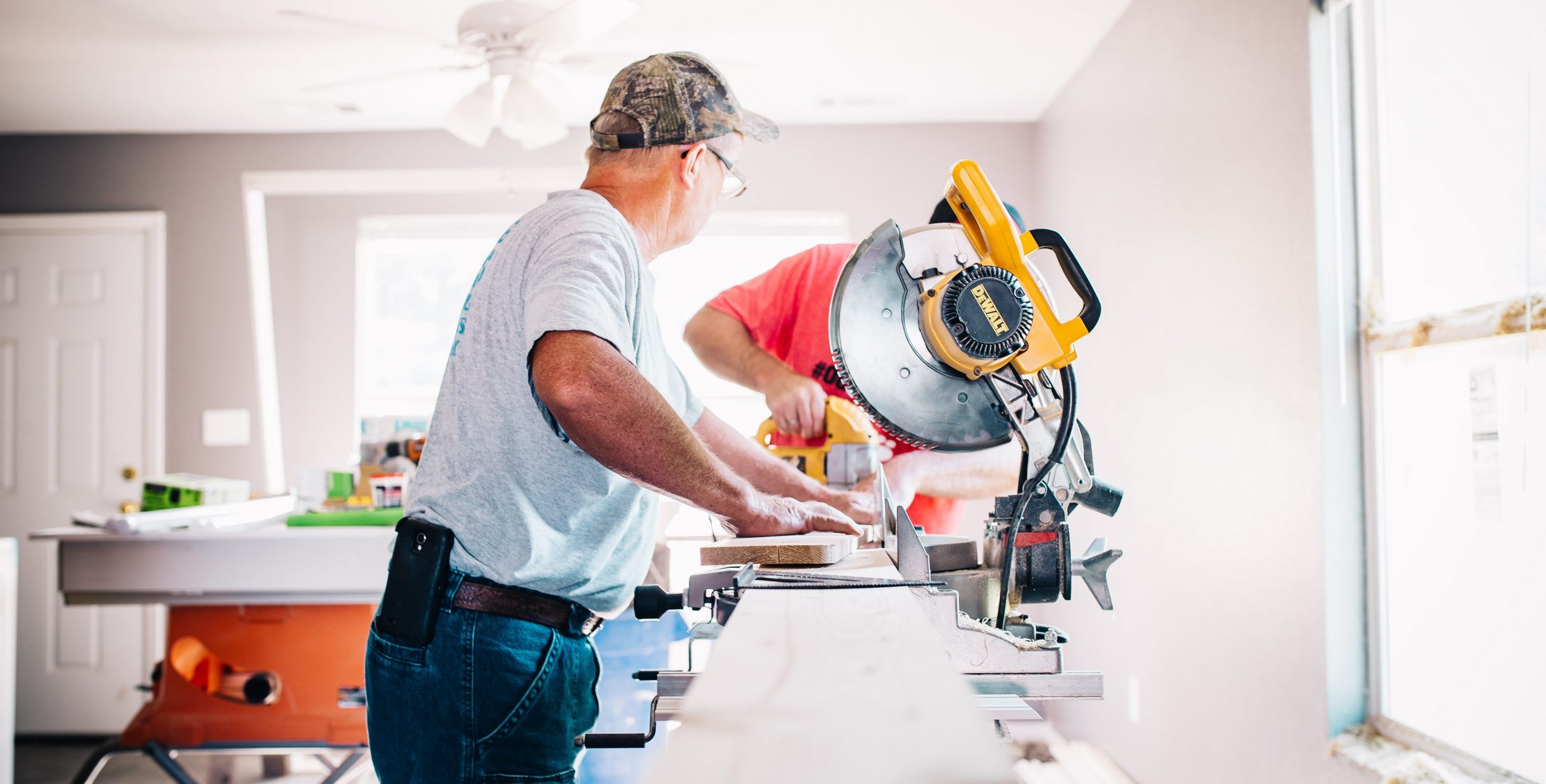Home improvement shows are something of a metaphor for government modernization. You can superficially update an old home for quick sale and profit, or you can do more intensive and long-term improvements that require additional time, talent and, of course, money.
And as outdated as the home may look, it’s worth remembering it probably was impressive in its day — kind of like the bygone technology that still supports many government agencies.
That’s the parallel Brandon Shopp with SolarWinds drew when asked about the need for continuous agency modernization. “Technology is evolving constantly,” he said, “and so unless you want to end up with something like a house that looks very dated and old, you need to stay on top of things.”
Setting priorities
But with so much emerging technology, “you don’t want to try to boil the ocean,” he advised. “You need
to prioritize and have a structured plan and know it’s going to be longstanding.”
It may be understandable for organizations to delay their self-improvements, but holding off is risky. “Agencies don’t want to be stuck and let it get to a critical point where their back’s against the wall and they don’t have many options,” Shopp explained. Staying with old systems can endanger an agency’s cybersecurity and make it increasingly difficult to work with more technically advanced third parties, among other drawbacks.
Finding money and talent
Limited dollars and skills can be challenges, certainly, but there are ways to address them.
“A lot of times, people and organizations don’t do a great job of articulating and illustrating the downstream impacts of not modernizing,” according to Shopp. “But agencies that delay are going to make it more expensive and more time-consuming going forward.” Do a little bit at a time, if necessary.
When employee knowledge isn’t sufficient, Shopp suggested enhancing skills through education — and carving out time for additional learning. “It has to be elevated up. Education can’t be something added to the pile because it’s going to be the first thing that falls off the pile,” he said. It also helps to have a team dedicated to continuously improving the organization.
A trusted adviser
Shopp described SolarWinds — which provides cybersecurity tools and system monitoring, among other IT services — as a trusted adviser. The company offers practical knowledge and promotes collaboration within communities of IT professionals. And SolarWinds shared with federal experts the lessons it learned from its own cyber troubles to help the Administration craft its recent cybersecurity executive order.
“We are an evangelist,” Shopp said, for long-term, thoughtful modernization.
The takeaway: Technology is constantly evolving, and unless agencies make it a priority to modernize, they will find themselves falling further and further behind accelerated change. Investments in infrastructure, staff education and training are perfect countermeasures, but they must be implemented and directed from the top of the organization.
This article is an excerpt from GovLoop’s guide “Turning Vision Into Reality: How Agencies Can Forever Improve.” Download the full guide here.






Leave a Reply
You must be logged in to post a comment.